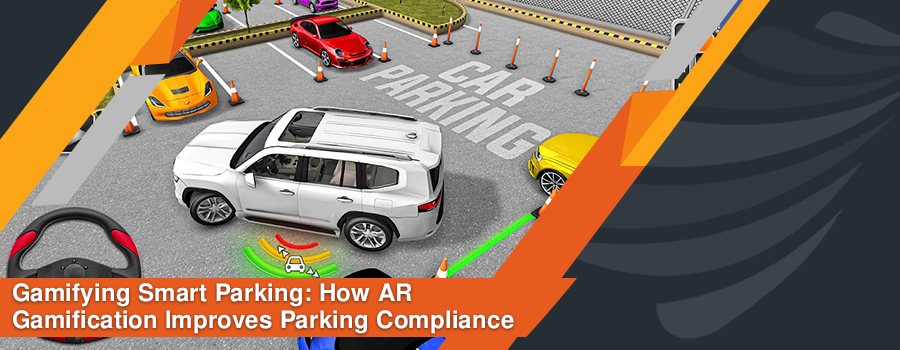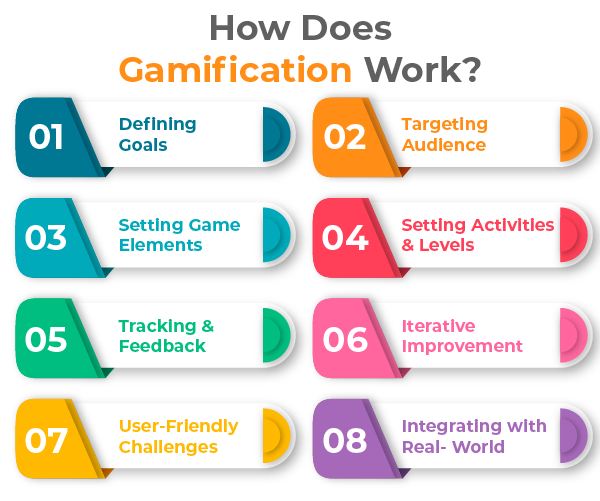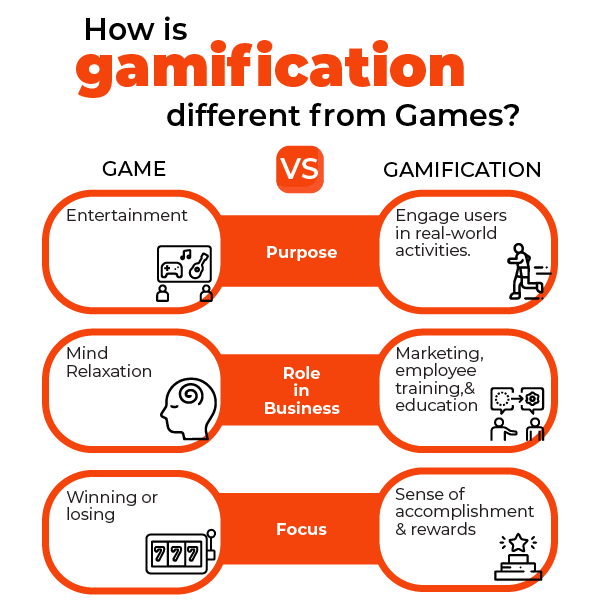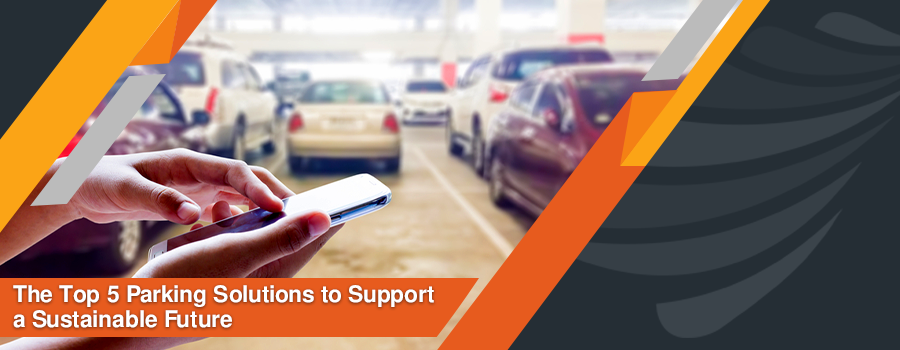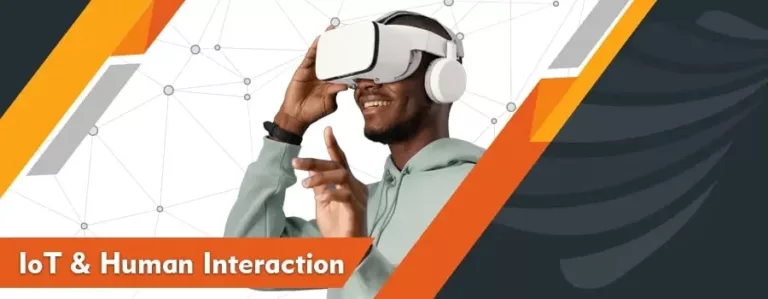What is Gamification?
Gamification is how we integrate game mechanics into existing programs like websites, mobile applications, or software. It allows the formation of an augmented version of a system that enhances the users’ experience. In other words, it turns your daily tasks, work, or activities into a game.
Through augmented reality (AR), users can see gaming elements integrated with the real world on their screens. It allows them to get guidance on parking in a fun way. They get points even when they follow all game rules and park their car correctly. These points are stored in their accounts, which they can later utilize to get discounts and other rewards.
Gamification aims to increase users’ engagement with specific products or services. From the employees’ perspective, it increases team members’ engagement, interest, and collaboration. On the other hand, it helps businesses to increase customer engagement and satisfaction. However, successful implementation needs customer data, programming, software, and strong teamwork.
To better understand the application and importance of gamification, consider when you play indoor games with family members or children. Although we play games for enjoyment or as time pass, our main focus becomes to win it. It shows that gamification increases concentration and engagement levels and turns players’ focus to give their best. Also, it allows people to learn and provide a sense of accomplishment.
When businesses involve gamification in their branding, marketing, products, and services, they easily grab users’ attention and gain loyalty. Gamification increases customers’ interest level in your target product or service, and they also start to enjoy using it, making them habitual of it.
How Does Gamification Work?
We explain the overall working of gamification considering below elements:
1. Defining Goals
First, we define the goals we want to achieve via gamification. These objectives can be anything like enhancing customer experience or loyalty.
2. Targeting Audience
We must understand the target audience’s behavior, preferences, and expectations to design gaming apps. People have different interests; therefore, we collect data and tailor the gamified elements accordingly.
3. Setting Game Elements
Selecting gaming elements is the most crucial step. Some common game elements in every type of gamification are challenges, levels, points, badges, virtual currency, leaderboards, and rewards.
4. Setting Activities and Levels
Most of the Gamification involves setting challenges, activities, and levels. It increases the users’ motivation levels, keeping them engaged in the training and making their experience convenient.
5. Tracking and Feedback
Gamification involves showing the user the progress bars, visual caps, and notifications. These bars and visuals allow the users to understand their progress and take feedback. Also, they learn from their mistakes, ways to improve and reach goals.
6. Iterative Improvement
Gamification according to the situation and needs, refine and update timely. It involves monitoring user behavior, working on their feedback, and analyzing the success rate.
7. User-Friendly Challenges
Setting challenges for the users keeps them engaging, but these must not be so difficult that users’ experiences become frustrating. In designing, we ensure that the difficulties balance the user’s skills level so that they can enjoy and not find it a burden.
8. Integrating with Real- World
We rely on augmented reality to connect it with real-world context for gamification. It connects users with the real world and allows them to perform real-world tasks with gamification.
How is gamification different from Games?
We play games for entertainment, passing the time, and enjoying with friends and family. Games have defined levels, purposes, objectives, and challenges. Games are rule-based and have a strong emphasis on winning or losing games.
On the other hand, gamification involves incorporating gaming elements and mechanics into the non-gaming environment via augmented reality to engage users in real-world activities. It integrates with real-world applications and systems to target products or services. Businesses use it for marketing, employee training, education, user engagement, and learning. Also, gamification is more focused on providing rewards and giving a sense of accomplishment to the users in the real world.
What is Gamified Vehicle Parking?
To understand gamified parking, first, we must understand what smart parking is. Smart parking is an IoT-based technology. It collects real-time parking data using sensors, actuators, IoT gateways, clouds, cameras, and software. Processing data and linking with web analytics allow us to inform users and authorities about available and occupied parking spaces. It guides the driver to the nearby parking space in real time via digital signage and pointers on a mobile application.
Smart parking applications like ParkSmart are available and implemented in university and hospital projects. The benefits they observe are a smooth parking experience, less fuel consumption, minimal hassle, and a time-saving experience with less carbon emissions.
Gamified parking solutions further innovate the smart parking experience by incorporating gamification elements such as points, rewards, badges, and friendly competition. The purpose is to enhance customer engagement and provide a more enjoyable parking experience.
Features of Gamified Parking
The main features of gamified parking are:
1. Virtual Learning Environment
The gamified version of parking can create a virtual learning environment for drivers to assist in smart parking and avoid citations. It guides the drivers and motivates them via rewards to improve their driving skills. Also, it creates a more interactive environment which eases their learning.
2. Enhance experience
The concept is to gamify the parking process to give drivers points. The more instructions followed the more will be the chances of winning.
For understanding, consider a scenario in which you use gamified parking app. For finding a parking space, you will get directions to reach via augmented reality, and simultaneously as you follow the instructions, you will earn points. Besides this, you will get alerts to avoid citations, and your ranking will improve upon following it.
3. Provide Rewards
You can complete different challenges to earn bonus points, rewards, and parking discounts, such as you choose a challenge to show responsible parking behavior while finding parking space in peak hours. Following all rules and guidance, you win a challenge and get rewards.
The gamified experience makes the finding parking experience joyful and promotes responsible parking. Also, it reduces the risks of accidents, citations, and other illegal activities. Top of Form
4. Game Cards
Users like debit and credit cards get game cards. It holds all the details of the drivers and also the points. All the points are added to his account when he earns. They can use the game card also to get parking discounts anywhere. Also, we can give a sense of achievement to the drivers by awarding them as the top skillful driver if he reaches a targetted parking score.
5. Tracking Driving Skills
We can track and upgrade driver skills via training, reward, and rating. There can be a feature of driver training and parking guidance. By selecting these, the drivers can get assistance in the form of games. They can see virtual signs and follow them for learning.
Sensors collect their overall data, which gets stored in the database. The data may be the total time to park the vehicle, parking position, and citations if they violate any rule or sign. Based on this, they get or lose points and rewards.
6. Instant Feedback
When we start the game, we get instant feedback on whether we earn or lose points. It allows us to learn from our mistakes, motivates us to follow the rules, and keeps us updated about our progress.
Limitations of Gamified Parking
1. Expensive to Install
No doubt, gamified parking provides us with a wonderful experience and even turns a stressful driving experience into an enjoyable one. But we cannot neglect that installing the whole system is costly. Everyone cannot afford it; therefore, we can still see fewer implementations.
2. Difficult to Accept
We cannot neglect that everyone does not always enjoy playing games. They might not like to park cars with the gaming experience and might consider it a time waste or a hassle. Everyone tastes for fun, and many people, especially old drivers, do not like it. Some might think it is like complex quizzes and challenges, leading to mental stress and frustration.
3. High Maintenance Need
As the technology is new, there are very few implementations. We need to evaluate data time-to-time to update the system. Also, every user has different tastes, and even many may find learning difficult. Therefore, a huge investment is needed to train the users to make it a practice. Also, we need to keep a budget for maintenance and updating the system for a better user experience.
Conclusion
Gamified smart parking revolutionizes the parking experience. It allows the drivers to get directions, alerts, and assistance while finding parking spaces. The parking experience turns into a game where they earn points, badges, and rewards if they follow guidance properly and can even win different challenges. Their points get stored in their account and game cards which they can use later to avail the parking discounts and other benefits.

